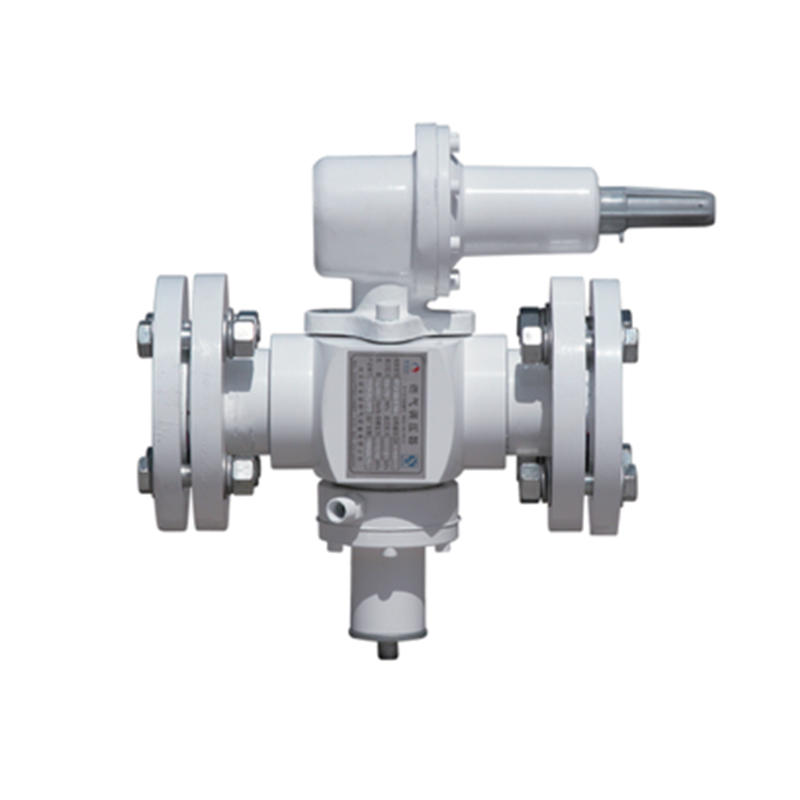
Nov . 21, 2024 13:26
Back to list
gas pressure vessel
Understanding Gas Pressure Vessels Design, Safety, and Applications
Gas pressure vessels are critical components in various industries, serving as storage containers for gases under pressure. They are designed to withstand high internal pressures while maintaining structural integrity and safety. The applications of gas pressure vessels range from industrial processes to domestic usage, making them essential in a multitude of sectors, including oil and gas, chemical processing, food and beverage production, and healthcare.
Design Considerations
The design of a gas pressure vessel involves careful consideration of several factors, including the type of gas being stored, the pressure it will be subjected to, the temperature of operation, and the material of construction. Commonly utilized materials include carbon steel, stainless steel, and alloys, each selected based on their specific properties like strength, corrosion resistance, and ease of fabrication.
A significant aspect of the design process is ensuring that the vessel complies with industry standards and regulations, such as the American Society of Mechanical Engineers (ASME) Boiler and Pressure Vessel Code. This code provides guidelines for design, construction, operation, and maintenance, ensuring that gas pressure vessels are safe and reliable.
Moreover, the shape and size of a gas pressure vessel can vary. Cylindrical vessels are the most common due to their ability to efficiently distribute stress across the structure. However, other shapes like spherical vessels are also used, especially when maximum strength and minimum surface area are required.
Safety Protocols
The safety of gas pressure vessels is paramount, given the inherent risks of storing gases at high pressures. Failure of a pressure vessel can lead to catastrophic explosions, posing severe risks to personnel and the environment. Therefore, rigorous safety protocols must be implemented throughout the vessel's lifecycle, from design and manufacturing to operation and maintenance.
gas pressure vessel

Pressure relief devices are vital safety components designed to prevent over-pressurization. These devices can include pressure relief valves, bursting disks, or other mechanisms that automatically release gas when pressure exceeds a predetermined threshold. Regular maintenance checks are also essential to ensure that these safety devices function correctly.
Furthermore, operators must be trained to handle gas pressure vessels safely. This training typically covers emergency response procedures, routine checks for leaks or corrosion, and understanding the properties of the stored gas, including its flammability and toxicity.
Applications of Gas Pressure Vessels
Gas pressure vessels are prevalent in many sectors. In the oil and gas industry, they are utilized for the storage and transportation of natural gas, propane, and butane. These vessels must be designed to handle the specific conditions of the gas, including its state (liquid or vapor) and the presence of impurities.
In the chemical manufacturing sector, gas pressure vessels are essential for processes such as the production of ammonia or the storage of reactive gases. Here, the ability to control the internal environment (pressure and temperature) is crucial in achieving optimal production rates while ensuring safety.
Healthcare applications also rely on gas pressure vessels, particularly for storing medical gases like oxygen and nitrous oxide. Hospitals use these vessels to ensure a reliable supply of gases needed for patient care, making it critical that they adhere to stringent safety regulations.
Conclusion
Gas pressure vessels play a vital role in a vast array of industries and applications. Their design, safety, and regulatory compliance are fundamental to ensuring that they function effectively without posing risks to people or the environment. As technology continues to evolve, so too will the materials and methods used in the construction and maintenance of these essential vessels. By adhering to industry standards and prioritizing safety, we can harness the benefits of gas pressure vessels while minimizing the associated risks. Understanding their design, implementation, and maintenance not only enhances operational efficiency but also safeguards against potential hazards, ensuring a secure environment for all users.
Next:
Latest news
-
Safety Valve Spring-Loaded Design Overpressure ProtectionNewsJul.25,2025
-
Precision Voltage Regulator AC5 Accuracy Grade PerformanceNewsJul.25,2025
-
Natural Gas Pressure Regulating Skid Industrial Pipeline ApplicationsNewsJul.25,2025
-
Natural Gas Filter Stainless Steel Mesh Element DesignNewsJul.25,2025
-
Gas Pressure Regulator Valve Direct-Acting Spring-Loaded DesignNewsJul.25,2025
-
Decompression Equipment Multi-Stage Heat Exchange System DesignNewsJul.25,2025

